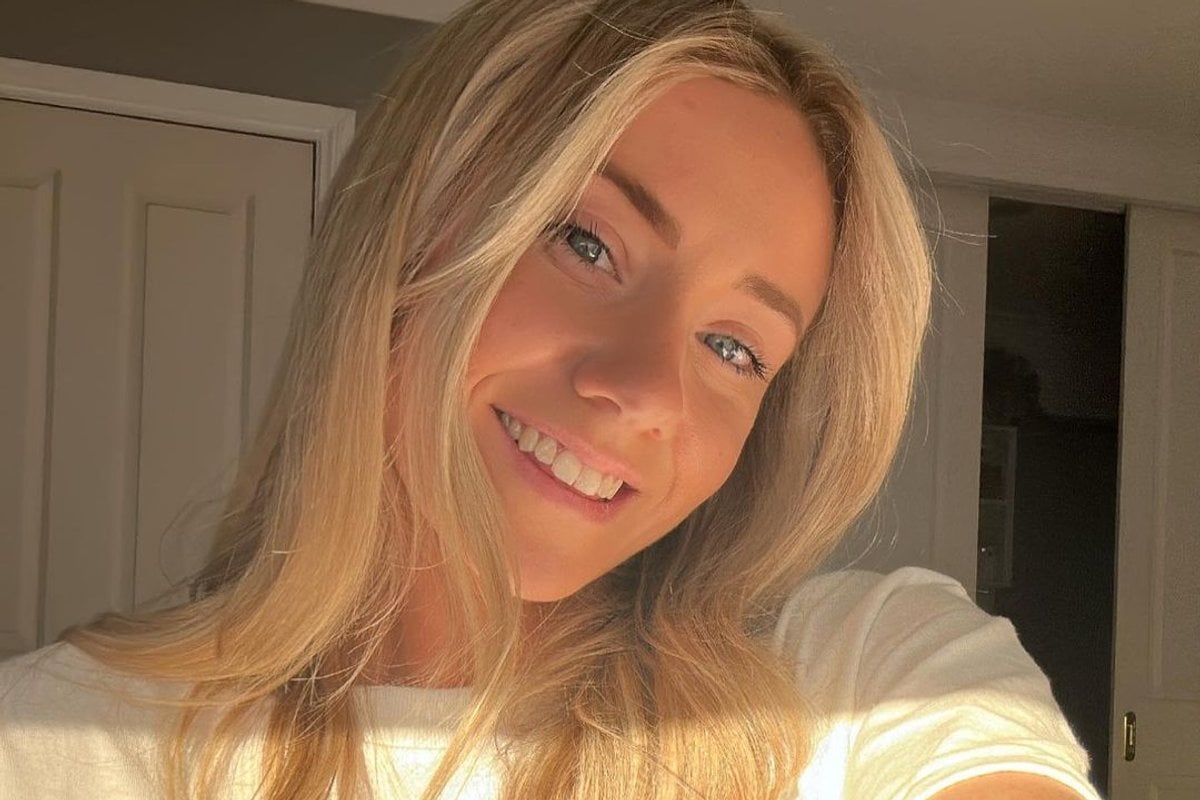
The first thing Steph remembers is losing all feeling in her left arm.
The then 22-year-old, who was studying to become a registered nurse, had just finished a 12-hour shift at hospital when she and her boyfriend decided to get a bite to eat at a local Max Brenner restaurant in Sydney.
Around 9pm the young couple turned at a roundabout on the way to the restaurant when a woman in another car approached.
Steph was in the front passenger seat.
"She t-boned our car and my side got all the impact," the now 27-year-old told Mamamia.
With numbness in her arm and pain in her neck, Steph was in a state of complete "shock".
Still, she initially didn’t think her injuries were that serious.
Having grown up with a connective tissue disorder, as well as other heart conditions, she thought the loss of feeling in her arm was likely related to a surgery she had on her shoulder the year before.
"My arm had been popping in and out all the time… so I just thought I aggravated where I had the surgery," she explained. "But it was not that."
Instead, the accident left her with a brachial plexus injury, two slipped discs in her neck and a twisted rib cage.
Her boyfriend, Adam, meanwhile, was left with a broken ankle.
At 22, Steph, who would spend her weekends travelling with Adam up and down NSW's coast, or racing cars on a raceway, found herself going through months of rehabilitation.

Top Comments